Alexandra Diaconescu
Emotion Regulation and Impulsivity in Borderline Personality Disorder (BPD)
Summary
Impulsivity, particularly in the context of Borderline Personality Disorder (BPD), can lead to or be the cause of severe emotional dysregulation and generate a vicious cycle. As such, individuals feel emotional pain and act impulsively to try and diminish it, behaviour that engenders feelings of shame and guilt, cause of further emotional pain, which prompts impulsive actions. The project aims to explore novel processes and solutions for often overlooked emotionally challenging states.
The project focused on answering two research questions -
Q1: Can design research help reveal coping mechanisms and skills used by BPD individuals in moments of emotional impulsiveness and generate insights?
Q2: How can product design be used in this context as an aid for emotional regulation?
- with Design Probes and Participatory Design being the main methods used to address them.
Additional info
Design Probes was used as an entry point for the project, aimed to generate insights from people who struggle with impulsivity - discovering more about them and their struggles, as well as their current coping strategies and skills. This phase of the project consisted of creating a physical KIT with items and activities designed to enable recruited participants to reflect on their emotional experiences as they unfold. The main activities were self-documentation - through writing, colouring, and photo journaling - done in a seven-day diary; reflection on currently experienced emotions and future desired ones in an emotion map; trying out coping skills and evaluating their efficiency from a set of coping cards, as well as adding one's own strategies.
Through the Design Probes activities, the people taking part in the project already become active participants in the process, and this establishment was used as an entry point for Participatory Design. In the exploration stage, semi-structured interviews allowed to discuss insights from the previous activities and further explore coping strategies. Interviews were also carried out with clinicians working with people with personality disorders. In the discovery process, design workshops were organised. Participants created sketches of what they would want to ideally use to help them in times of intense emotions and impulsivity. In the next stage, drawn concepts and prototypes were created and discussed with participants.
Research Context
BPD is a mental health disorder, in which sufferers tend to have trouble with their self-image, experiencing frequent alterations of their sense of self, having an overall tendency towards negative feelings, self-loathing, as well as an (extreme) fear of abandonment by their loved ones and people around them. They may experience difficulties understanding and expressing how they feel, having strong emotional reactions that can appear disproportionate to those surrounding them. What others may view as mundane occurrences can indeed be perceived as highly triggering and of great significance by people with BPD. They may find it difficult to control their impulses, especially when distressed. Unfortunately, their beliefs and behaviours may have the opposite effect of what they would need - pushing others away, and overall jeopardising relationships.
The prevalence of BPD is estimated to be 1.6% in the general population. And while nowadays it is easier to receive a diagnosis and access treatment, there has been a long history of the diagnosis being avoided and stigmatised.
To the person experiencing extreme emotional pain, acting out impulsively can become common, especially if they do not know or do not succeed to implement adaptive coping skills.
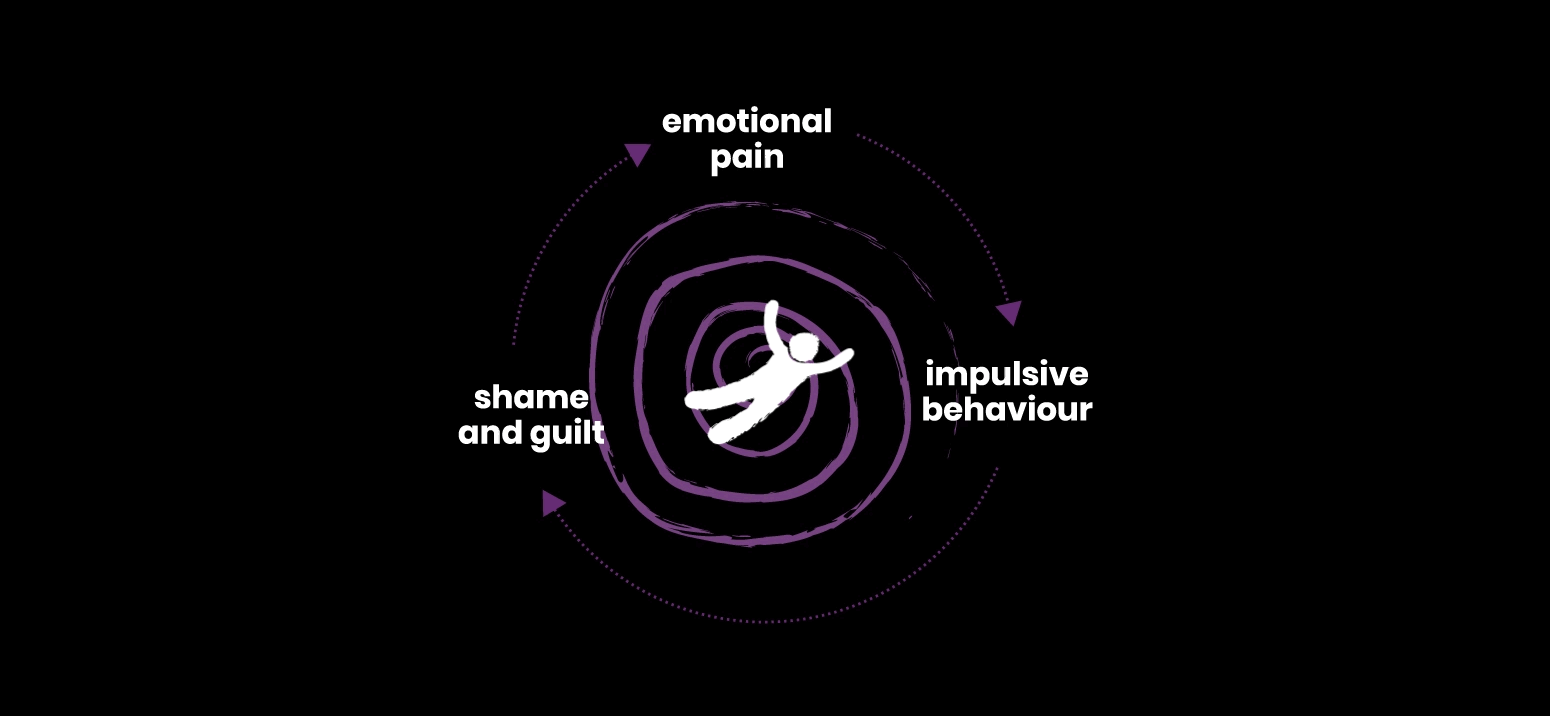
Based on emotion theorist Lazarus (1991), a clear distinction can be made between the primary emotional response - the raw, unfiltered reaction - and the secondary response, which consists of the person’s ability to self-regulate their initial response. The return to baseline, also called ‘down-regulation’ provides a guide around the point of intervention in the case of acting impulsively while in a high emotional state.

The project explores potential interventions for people with BPD, aiming to improve the secondary emotional response and decreasing the time needed to return to baseline, interrupting the impulsive behavior vicious cycles.
Process Overview
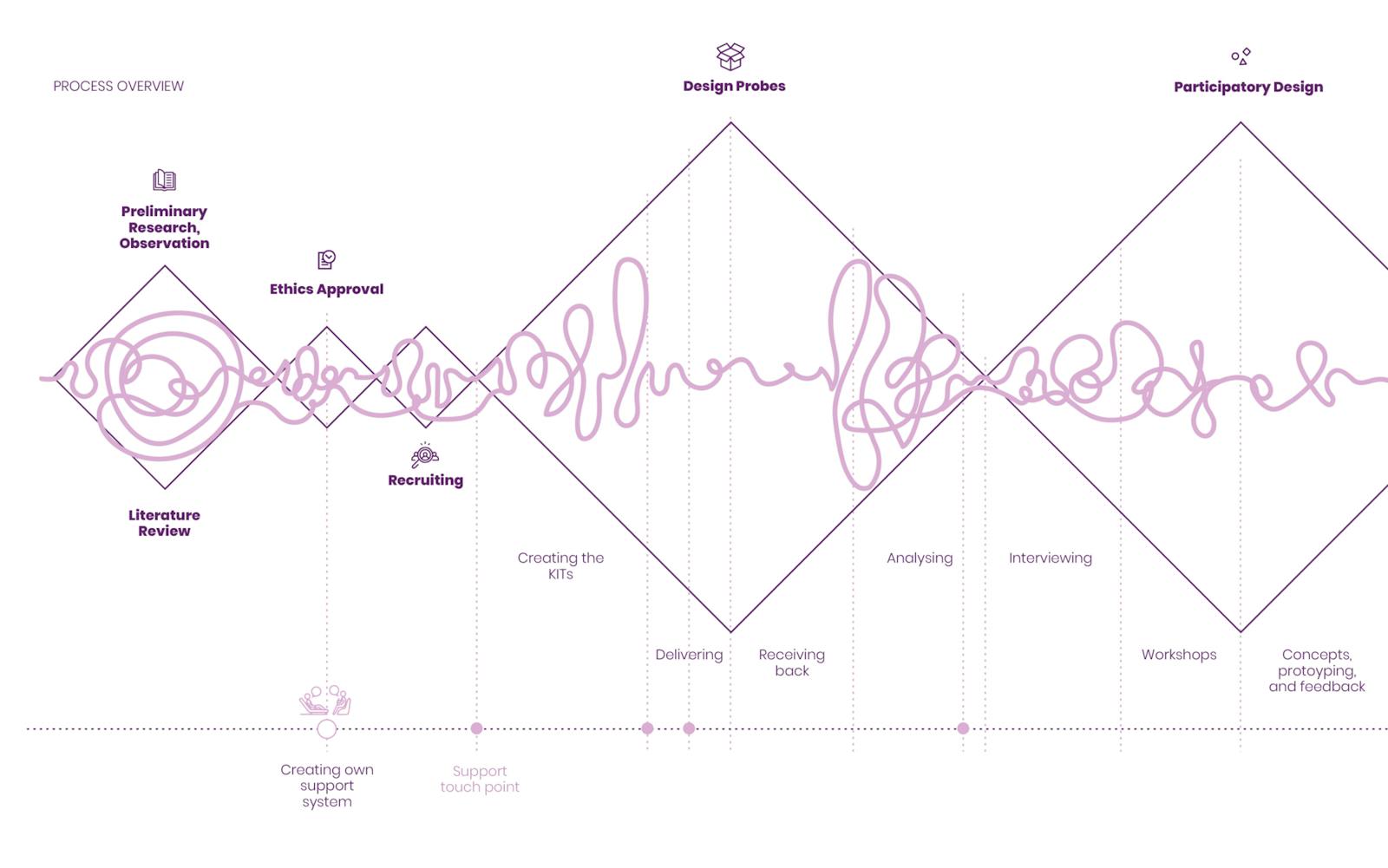
A small group of people meeting the BPD diagnosis criteria were recruited via online support groups. Participants were assessed using Barratt Impulsiveness Scale, predominantly showing increased impulsivity within the group.
In the initial phase, the participants were sent a physical KIT with items and activities designed to enable reflection of their emotional experiences as they unfold, and explore. coping strategies and skills used in moments of emotional impulsiveness.
Design Probes

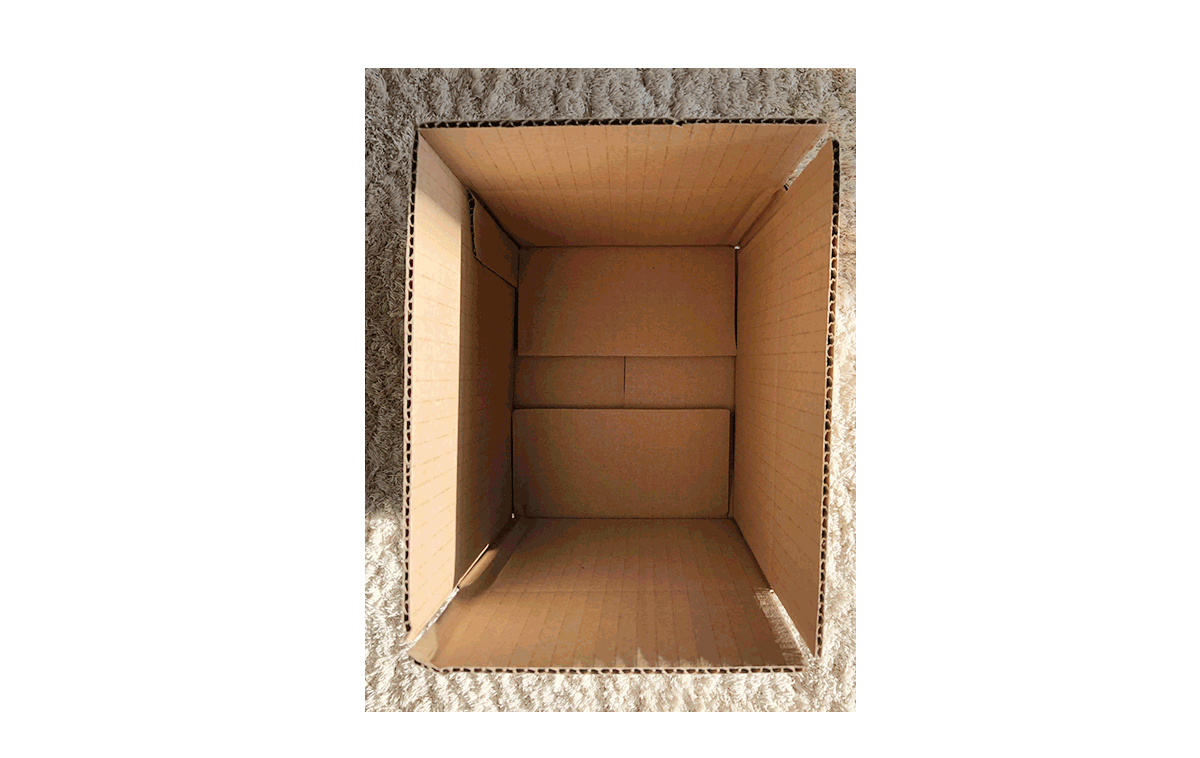



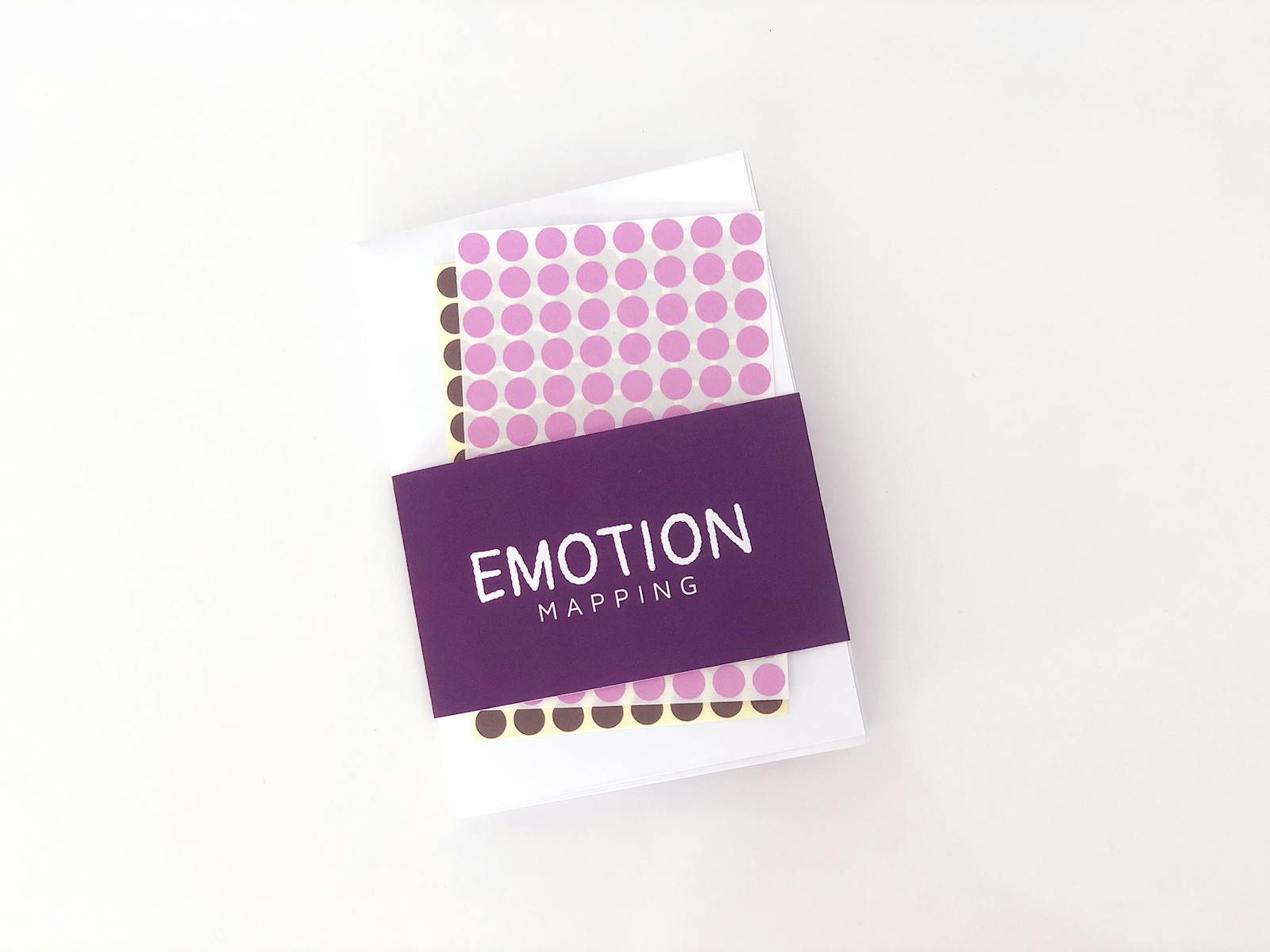
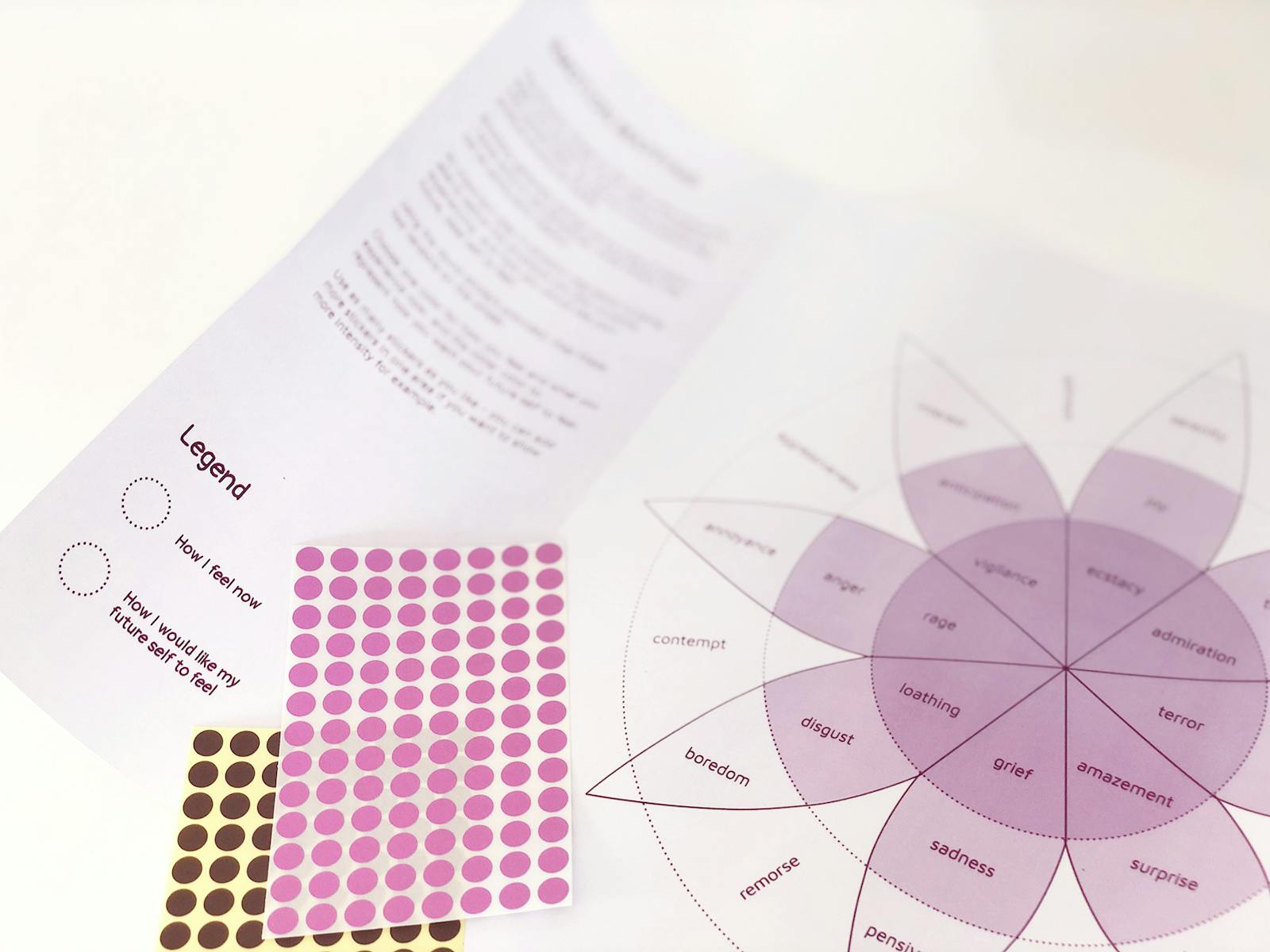
Participants marked on the emotion map their current emotions and their emotional goal using two differently colored sets of sticky dots.

Using the coping cards, participants reflected on their perceived usefulness for them to lower their intense emotional states and impulsiveness, and rated them. They also added other strategies they use to return to the emotional base line.

The hourly colorings in the diary allowed for an overview of moods experienced by participants, and a more in depth understanding of the moods experienced in the days in which impulsivity was marked as very high.

An iterative analysis process of the diaries along with the coping cards led to the emergence of various sub-themes which were then grouped in a few main themes regarding coping strategies during high emotional states/impulsivity in contrast with low impulsivity.

Participatory Design
Usually employing small groups, participatory design follows three main stages - initial exploration, the discovery process, and prototyping - stages that can be iterated multiple times throughout the project. Interviews, workshops, prototyping sessions, and other such tools are used to help ensure close interaction between users and the researcher. The stages were carried in an online environment using tools such as Zoom and Miro.
Interviews
Semi-structured interviews were initiated with participants for more in depth discussions having the design probes KIT as a starting point. The semi-structured format enabled the usage of open-ended questions allowing flexible answers and dialogue. The topics included overall perceptions of BPD, current treatment, the time they felt they needed to return to baseline when feeling highly impulsive, and various coping strategies. At this stage discussions were also carried with clinical professionals working with people with personality disorders.
Workshops
After the interviews, the project moved to the discovery process, in which workshops were held with the participants. The main activity was based on the Crazy Eight design thinking method, in which participants created several quick sketches of any products, experiences, services, they would want to ideally use to help in times of intense emotions and impulsivity.
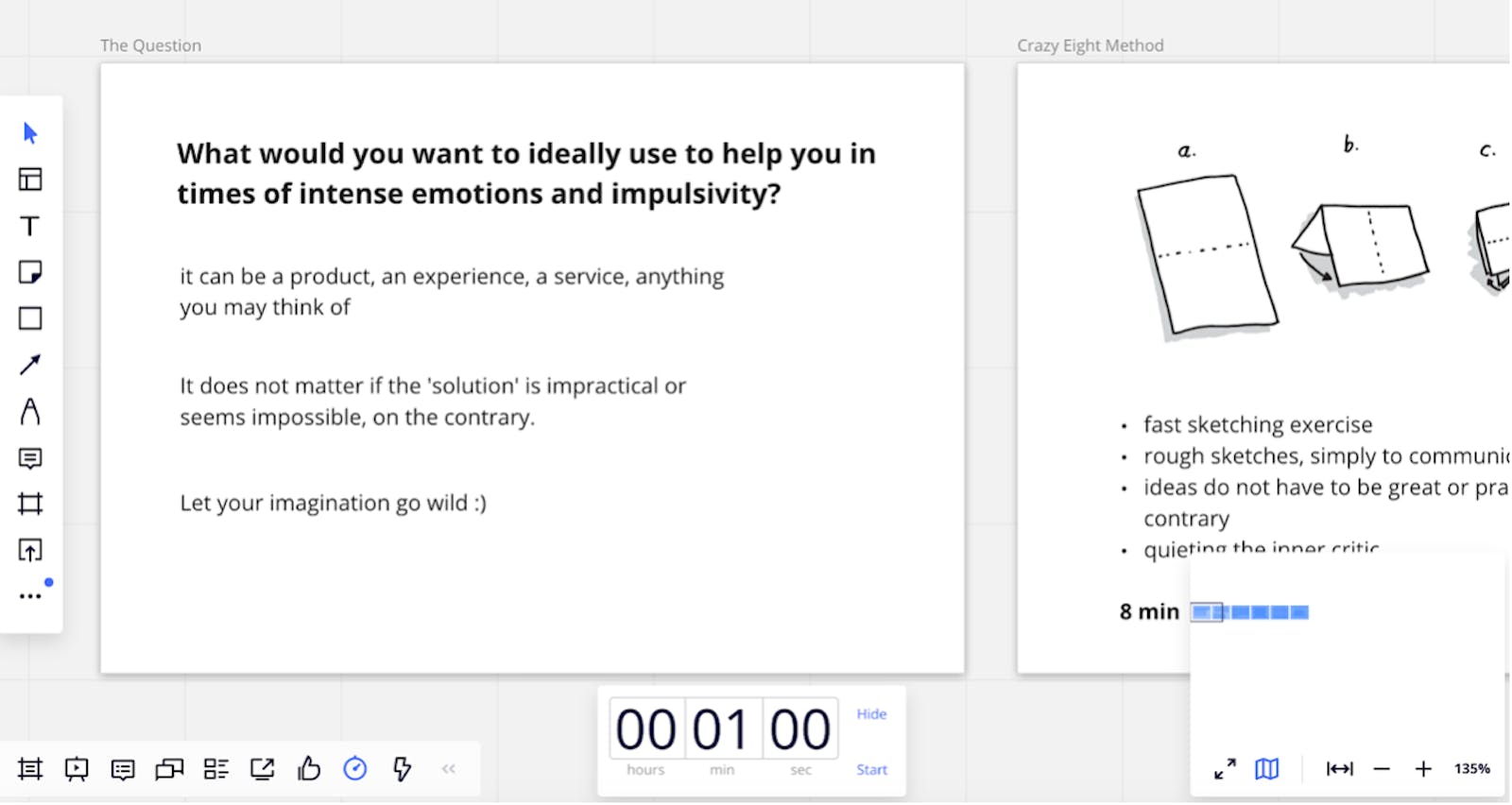
The drawings created included: a musical instrument, ice cubes, warm drink, a guided TV or book with easy steps as a reminder of what you can do when feeling very impulsive, inspirational quotes, as well as several instances referring to the need of connection and receiving support from close ones. Various drawings also depicted objects that they could held in their hands and played with as means of distraction, as well as a sensorial, calming experience. When discussing about the objects depicted, mentions were made that they should preferably have a purpose.

Concepts
In the prototyping stage, a few different concepts were sketched and created using polymorph plastic.
e-stone
The first concept is based on worry stone, an object considered of value dating back to Ancient Greece, also used sometimes nowadays as a calming experience in behavior therapy. A small coin size object with a thumb indent that can be carried in different ways (standalone, as a bracelet, as a necklace pedant). The e-stone would react to gestures, being able to measure heart rate and signal it through light or vibrations, and can change its temperature as feedback when squeezed. Other gestures such as double tapping can be used to switch the mode from light to vibration and vice-versa. The e-stone will have a companion app where a customised suggestion plan can be put together when a person is feeling well, for times when the emotions become very intense and when impulsivity is elevated.

brac-e-let
The second concept is a bracelet that has a textured surface on the inside that can deliver rhythms haptics (vibrations), and the ability to record touch on the outside and convert them to musical notes, that can be reused, shared with others as a form of communication and self expression, or made public in an online community.

e-otchi
The third concept is based on the tamagotchi. The 90s game was based on watching out for a virtual pet. In the current project's context, emotions are the ones that need to be watched out for and the game is an invitation to pay attention to one's one feelings, furthermore, interacting with them and seeing how your own intervention can soothe your emotions. In the gaming mode, one select which emotion they want to watch out for in the moment, and then select an intervention/game. Games can be anything from inspirational quotes, to concrete steps for quick skills that can be applied when experiencing certain moods.
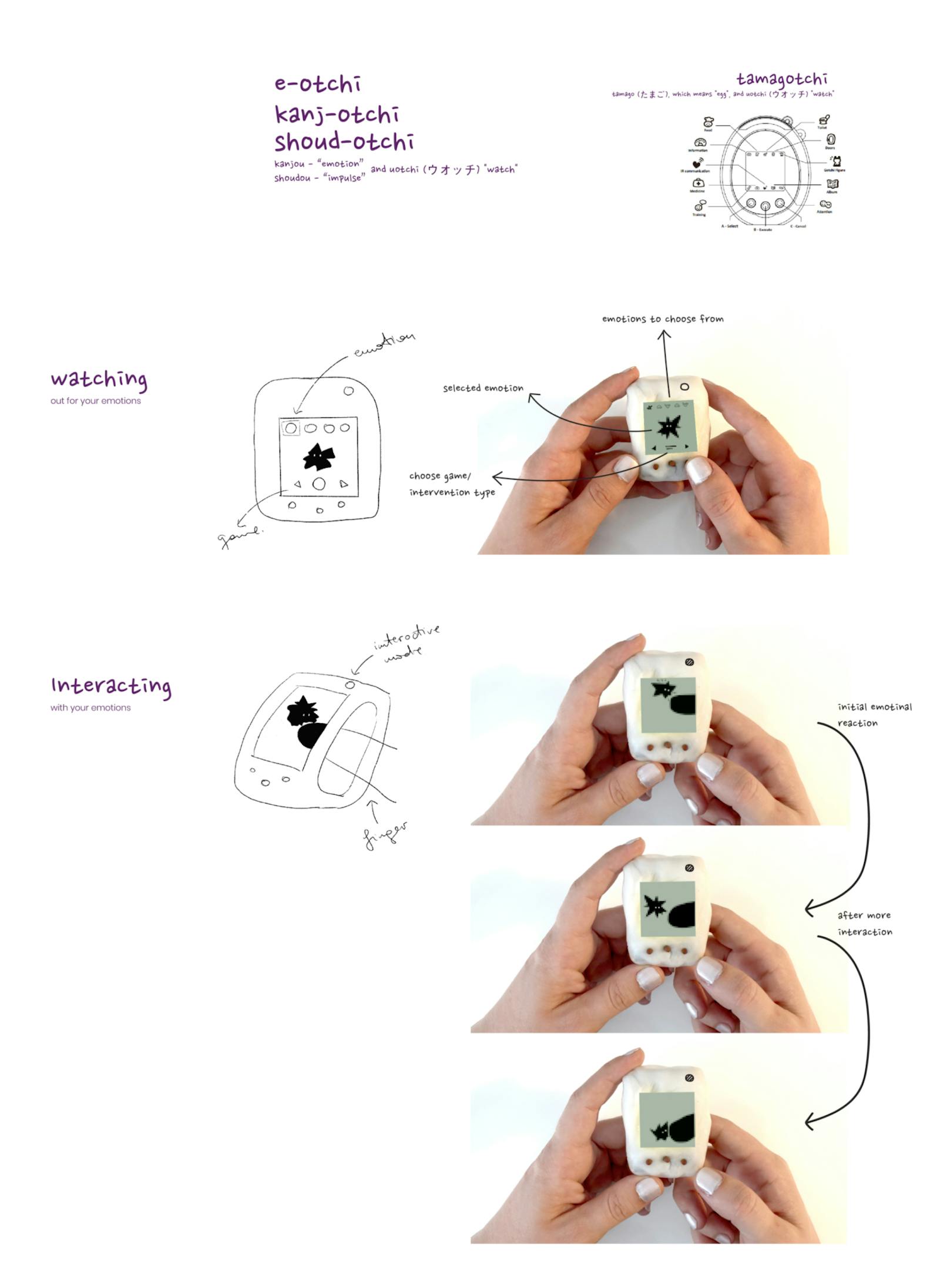
Feedback and next steps
The concepts were discussed with the participants, getting their feedback on how each might help them when experiencing intense emotions and high impulsivity, what the products do well, and what they could do better.
Based on the feedback, a final concept and product will emerge and will be further prototyped, and brought to life.
